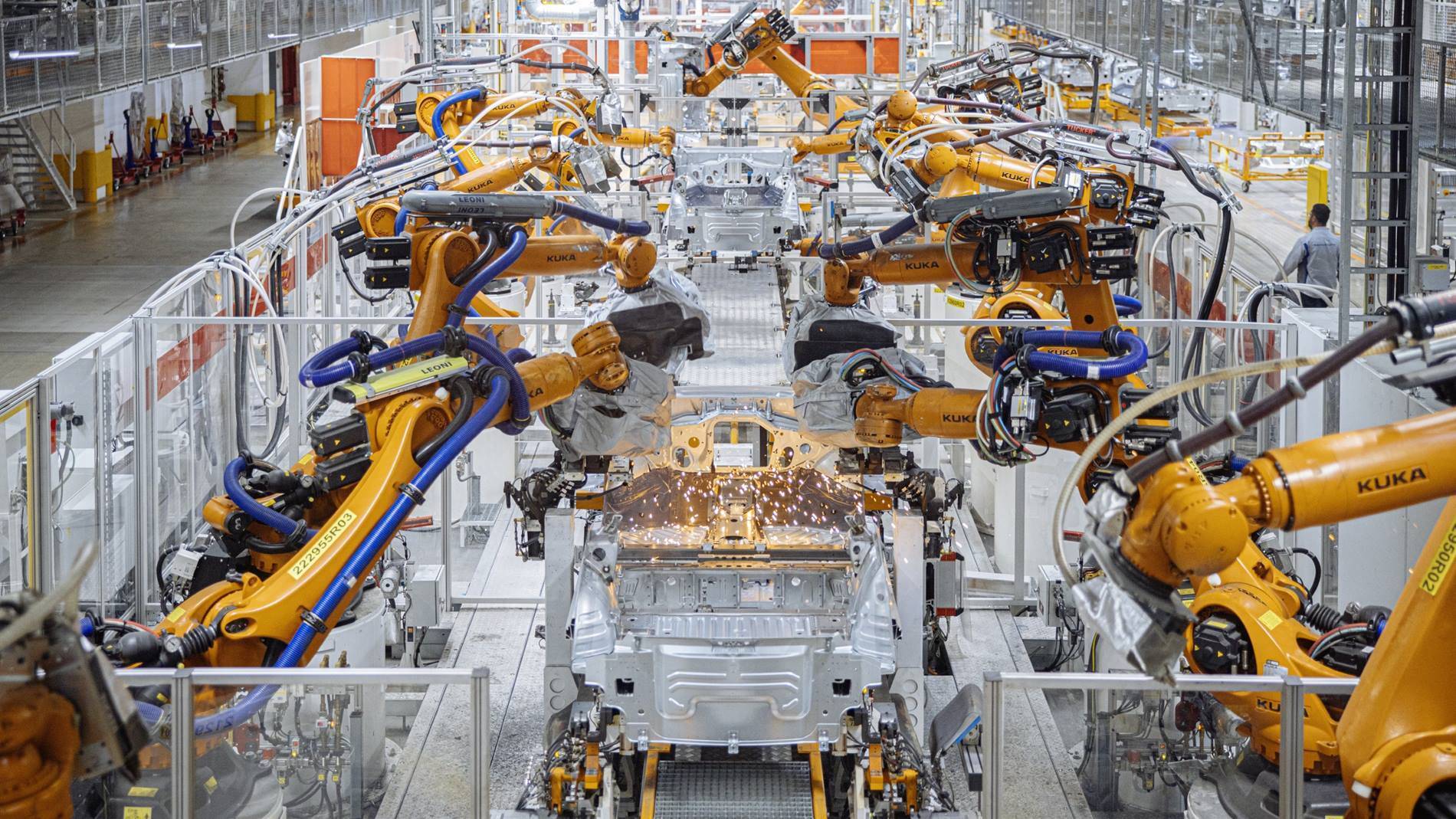2021-11-12
 *NDT Non Destructive Testing
*NDT Non Destructive Testing
Regardless of how you see it, Industry 4.0 has the potential to create profound changes and new opportunities for manufacturing. But what is Industry 4.0 and what will it mean?
With its roots in Germany, Industry 4.0 is the next stage in the digitization of manufacturing, shaped by four trends: high data volume, advanced analytics, human-machine interaction, and digital-to-physical transfer. The effects will be widespread and reach all aspects of industry, from preproduction to sales and delivery to factory maintenance. Benefiting from these changes will require investment into new technologies and a focus on digital culture.
But what will this extensive digitization mean for specific industries and for the testing services on which they depend? While every industry requires testing labs to ensure the highest level of product quality, those which are rapidly investing in digitization will require them most.
Aerospace and defense companies are already investing heavily into digital solutions and are expected to achieve an advanced level of digitization within five years, according to a PwC report. To improve part quality while reducing costs and boosting productivity, aerospace industries are using (CT), which offers device manufacturers a detailed look into internal components in 3D without destructive testing

The continued advancement of industrial CT makes it an attractive NDT solution, contributing to its growing usage among part manufacturers today and well into the future. Regarding to related research, sees four trends behind this increased usage: higher image quality, improvements in technology, enhanced software capabilities, and efficient service providers.
The role of NDT lab services will be supporting, but critical for this next stage of industry.
With increased complexity of manufactured devices, the potential for part failure also increases. The catastrophe of Samsung’s Note 7 has raised awareness of faulty devices and their negative impact not only on profits but on credibility and reputation. This striking example illustrates that accurate and detailed inspection is a key aspect of preventing costly recalls.
For NDT inspection service companies, prudent investment into the latest imaging technologies will be required to provide part manufacturers with the range of capabilities which they need to make qualified decisions. The demand for advanced inspection will be great and so will the need for technologies like industrial CT, optical imaging, and 3D scanning.
While keeping up with the latest hardware is crucial for success, more sophisticated imaging software and greater computing power are also integral to continue providing quality inspection services. Software for Optical Imaging Measuring, for example, has seen substantial improvement in its analysis capabilities, allowing it to keep up with the demand for increased accuracy when dealing with large and complex datasets.
But the biggest challenge for industry will not just be investment in the right technology, but on emphasizing a digital culture within an organization. Ironically, it is people who are at the center of this digitized future. Technology cannot simply be an end in itself.
Success will therefore depend on a broad range of human factors that revolve around building a robust digital ethos. Both manufacturers and testing companies need employees who are comfortable working within a dynamic, data-focused environment. This can be accomplished by attracting and training competent analysts who can think and act like digital natives.

Arguably, the future is already here. The reality of Industry 4.0 is now manifest in many of today’s industries. It’s important not to buy into the hype, but to be aware of the reality. Ultimately, to find success with Industry 4.0, companies need a clearly defined vision coupled with the flexibility to accommodate rapid technological change.